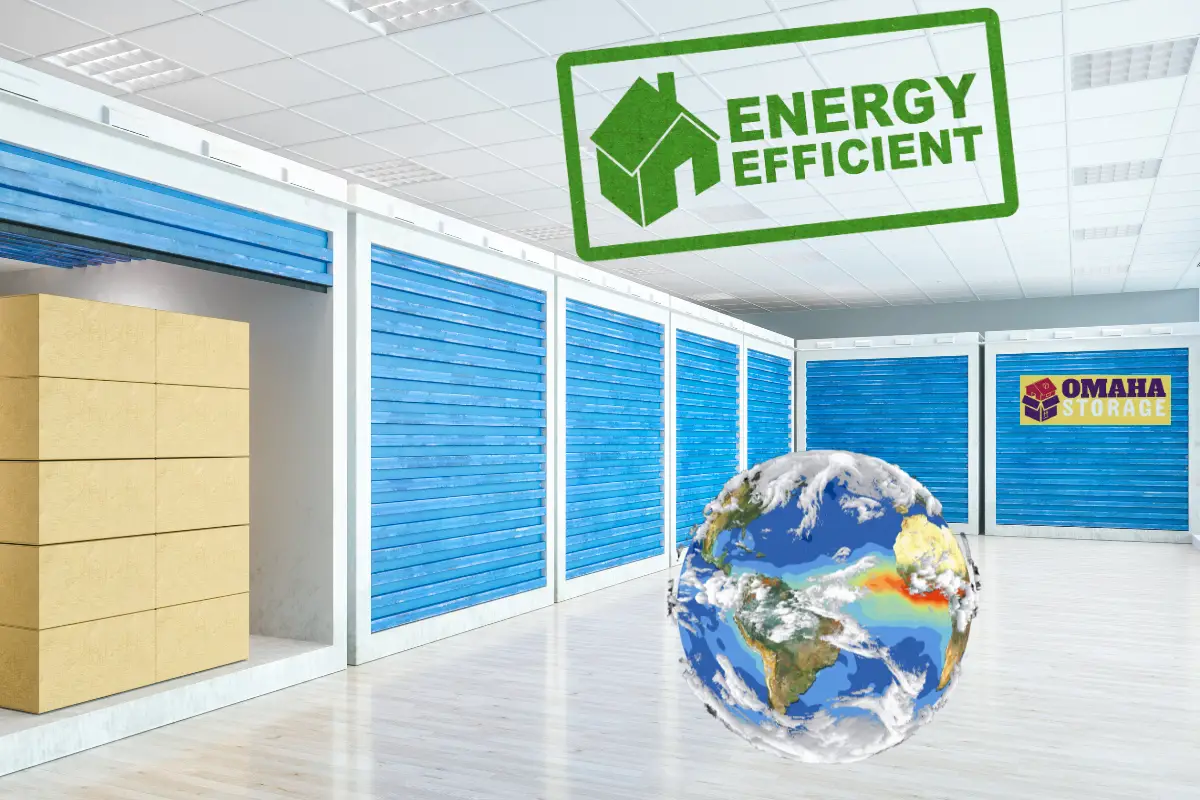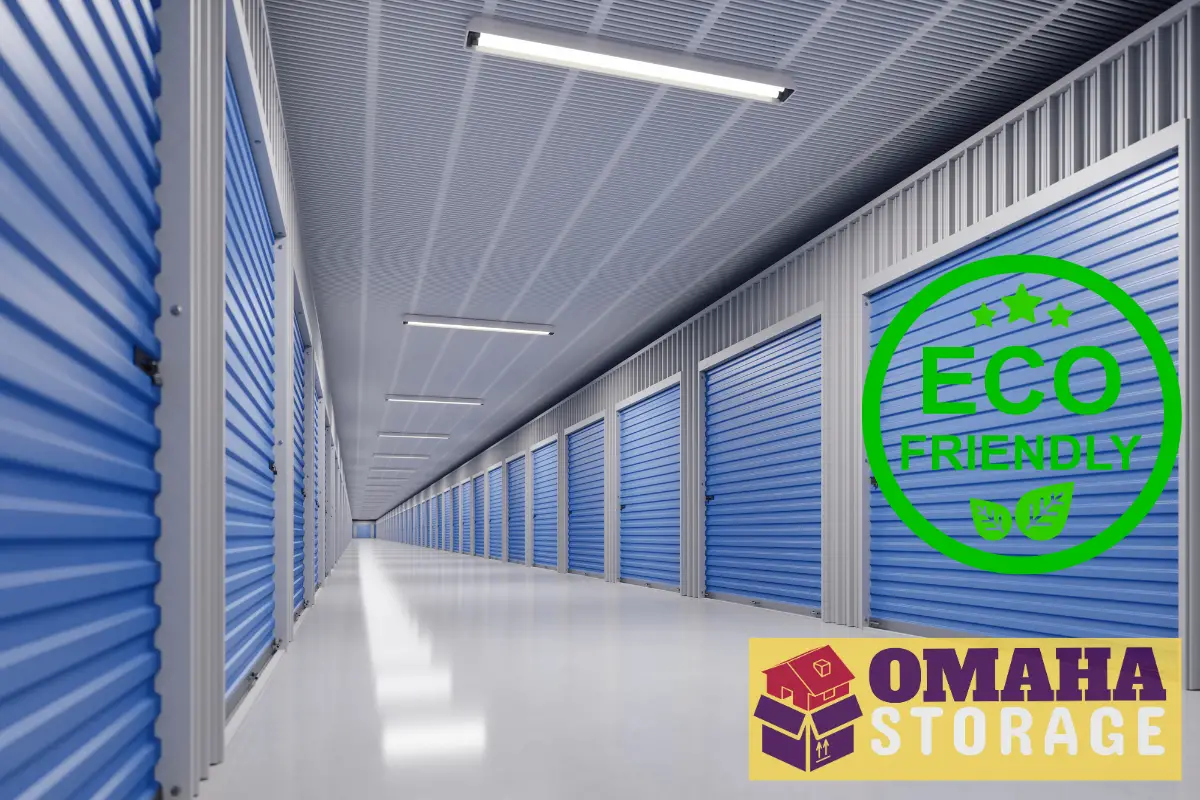Climate change is an undeniable reality that has significant implications for businesses across various industries.
The self-storage industry, like many others, is no exception.
As we confront the reality of escalating temperatures, intensified weather phenomena, and shifts in rainfall patterns, it becomes crucial for self-storage facilities to undergo necessary adaptations.
These modifications aim to bolster resilience and mitigate the establishments’ ecological footprint.
In this article, we delve into the various ways the self-storage industry is addressing the hurdles presented by climate change.
Furthermore, we examine the strategies implemented to foster a more sustainable path forward.
The Effects of Climate Change on the Self-Storage Industry
Climate change introduces a multitude of obstacles for the self-storage industry, encompassing amplified energy utilization for climate regulation, potential infrastructural harm resulting from severe weather occurrences, and elevated operational expenses due to alterations in regulations.
It is incumbent upon storage facilities to acclimate to these tribulations, ensuring they retain their competitive edge while persistently delivering secure and dependable storage options to their clientele.
Improving Energy Efficiency
A paramount challenge confronting the self-storage industry lies in the escalating requirement for energy-efficient climate management systems.
With the ascent of temperatures, sustaining the ideal circumstances within storage compartments grows increasingly arduous and energy-demanding.
In response to this predicament, numerous storage establishments are allocating resources to eco-friendly technologies, including LED illumination, photovoltaic panels, and sophisticated HVAC systems.
Such commitments not only curtail the ecological consequences of the facility, but also hold the potential for long-term financial savings.
Adopting Sustainable Building Practices
In the pursuit of reducing the environmental repercussions of self-storage establishments, a multitude of operators are adopting sustainable construction methodologies.
Such approaches may encompass the utilization of environmentally benign building substances, including repurposed or reclaimed materials, as well as the incorporation of verdant roofing systems that serve to modulate indoor temperatures, decrease energy utilization, and control stormwater discharge.
Implementing these practices can render storage facilities more resistant to the vicissitudes of climate change, while simultaneously alleviating their influence on the surrounding ecosystem.
Preparing for Extreme Weather Events
Climate change increases the risk of extreme weather events, such as hurricanes, floods, and wildfires, which can cause significant damage to self-storage facilities.
To protect their assets and ensure the safety of their customers’ belongings, storage operators must implement comprehensive disaster preparedness plans.
This can include installing flood barriers, reinforcing building structures, and creating evacuation plans for employees and customers.
Incorporating Climate Change Risk into Business Strategies
In light of the ever-growing manifestation of climate change repercussions, those who operate self-storage establishments must contemplate these hazards when formulating strategic entrepreneurial resolutions.
Such contemplations may encompass assessing the susceptibility of both present and prospective locations to the ramifications of climate change, evaluating the expenses associated with adaptive initiatives, and pinpointing opportunities to diminish their environmental imprint.
By integrating climate change peril into their business stratagems, operators of self-storage facilities can arrive at more enlightened decisions that guarantee the enduring prosperity and sustainability of their establishments.
Collaborating with Local Governments and Communities
Tackling the obstacles presented by climate change necessitates a cooperative approach among enterprises, municipal administrations, and the collective populace.
Operators of self-storage facilities have the capacity to collaborate with community members and local authorities in formulating adaptive methodologies, disseminating resources, and fostering an environment conducive to climate fortitude.
By engaging in these partnerships, the self-storage industry can contribute to broader efforts to combat climate change and create more sustainable communities.
Educating Customers on Sustainable Storage Practices
As self-storage operators implement eco-friendly practices in their facilities, they can also edu cate their customers on sustainable storage habits.
This can involve providing information on proper packing materials, energy-efficient storage unit organization, and waste reduction strategies.
By encouraging customers to adopt sustainable practices, the self-storage industry can help reduce its overall environmental impact and foster a more eco-conscious customer base.


